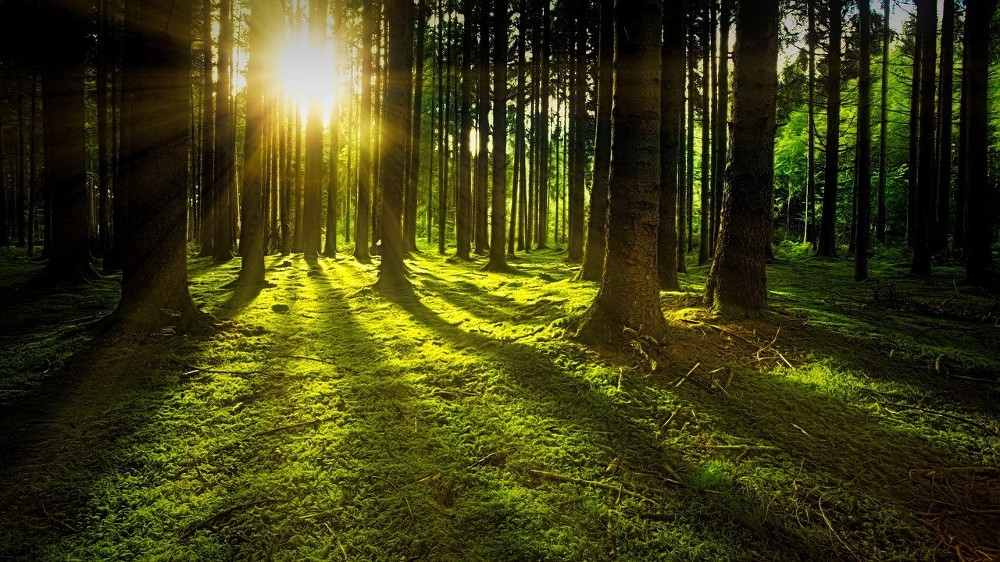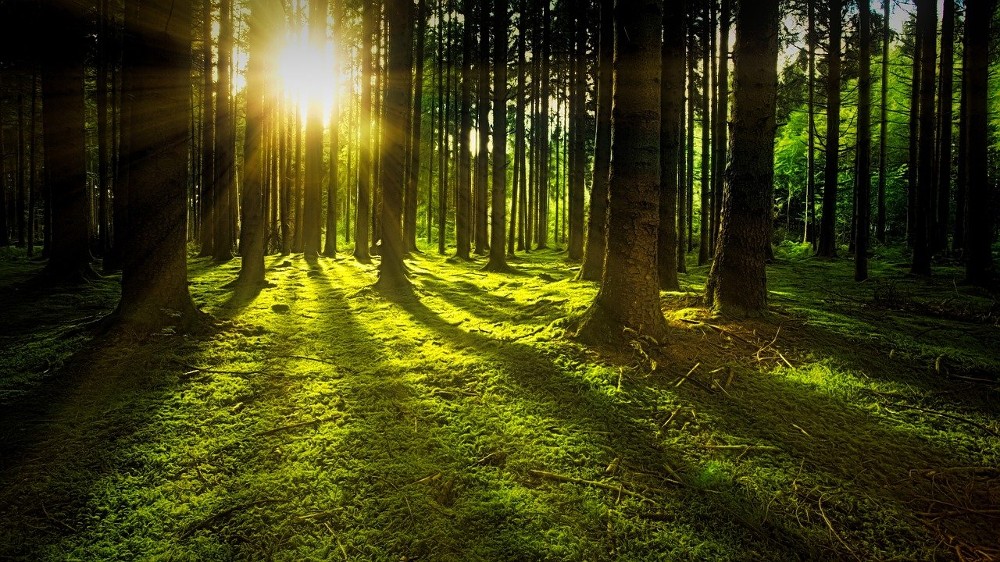From QZ.com via wakeupkiwi.com
I’m in a redwood forest in Santa Cruz, California, taking dictation for the trees outside my cabin. They speak constantly, even if quietly, communicating above – and underground using sound, scents, signals, and vibes.
They’re naturally networking, connected with everything that exists, including you.
Related: The Health of Trees and The Natural World Is Closely Linked To Our Own State of Health
Biologists, ecologists, foresters, and naturalists increasingly argue that trees speak, and that humans can learn to hear this language.
Many people struggle with this concept because they can’t perceive that trees are interconnected, argues biologist George David Haskell in his 2017 book The Songs of Trees. Connection in a network, Haskell says, necessitates communication and breeds languages; understanding that nature is a network is the first step in hearing trees talk.
For the average global citizen, living far from the forest, that probably seems abstract to the point of absurdity. Haskell points readers to the Amazon rainforest in Ecuador for practical guidance.
To the Waorani people living there, nature’s networked character and the idea of communication among all living things seems obvious. In fact, the relationships between trees and other lifeforms are reflected in Waorani language.
In Waorani, things are described not only by their general type, but also by the other beings surrounding them. So, for example, any one ceibo tree isn’t a “ceibo tree” but is “the ivy-wrapped ceibo,” and another is “the mossy ceibo with black mushrooms.”
READ AT THE LINK
http://www.wakeupkiwi.com/news-articles-94.shtml#Trees
Image by jplenio @ pixabay.com
Related posts:
Views: 0
 RSS Feed
RSS Feed

















 September 7th, 2022
September 7th, 2022  Awake Goy
Awake Goy 





 Posted in
Posted in  Tags:
Tags: 
















